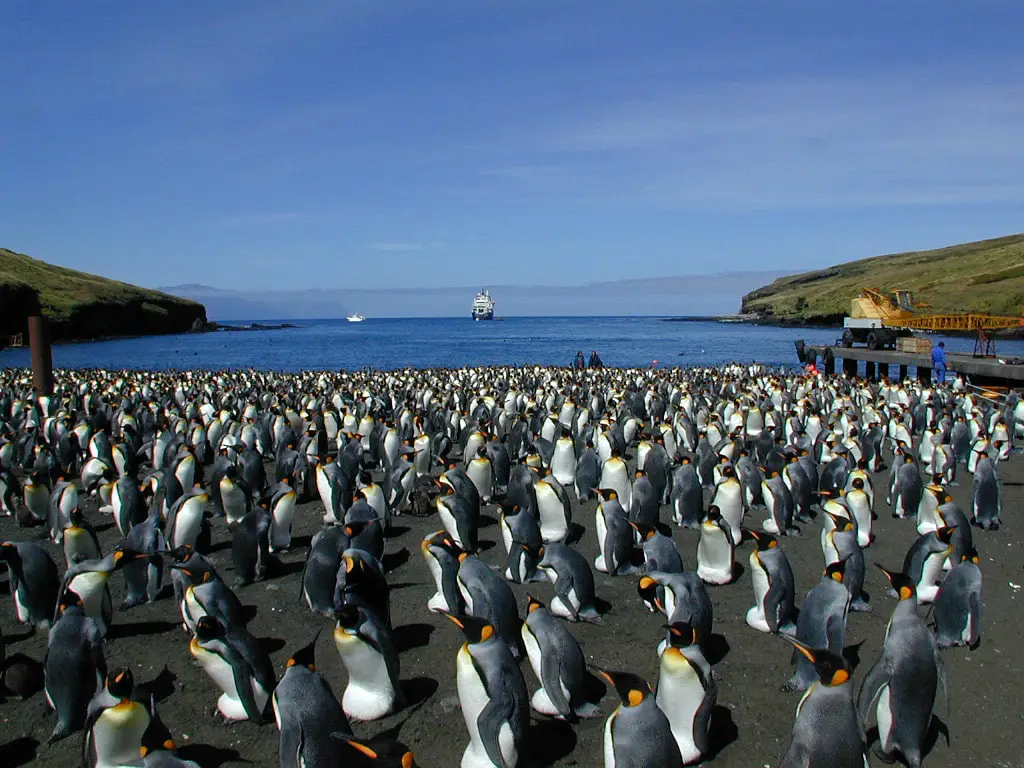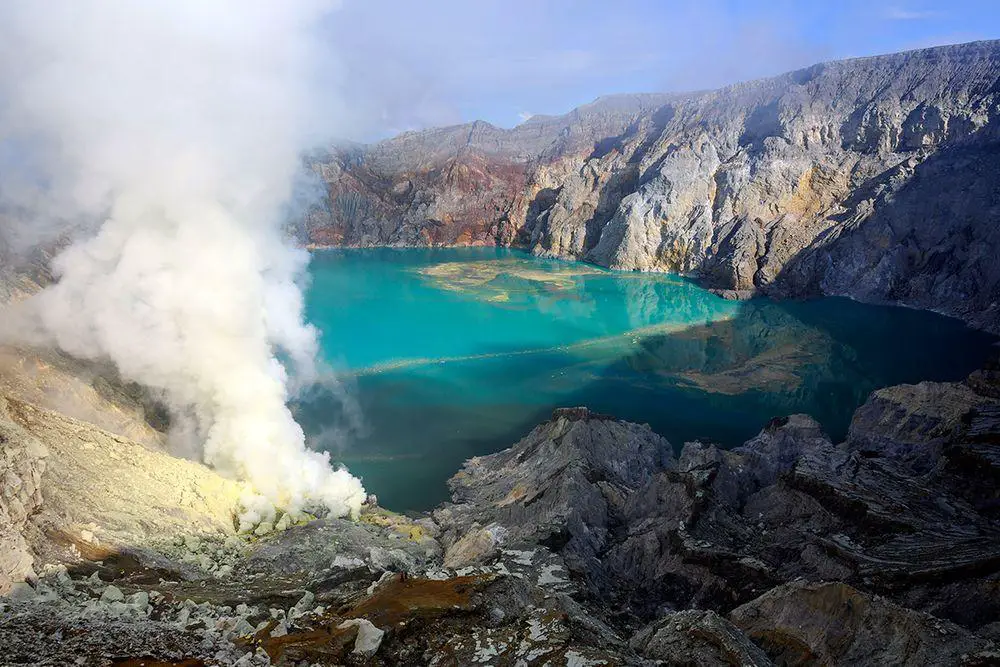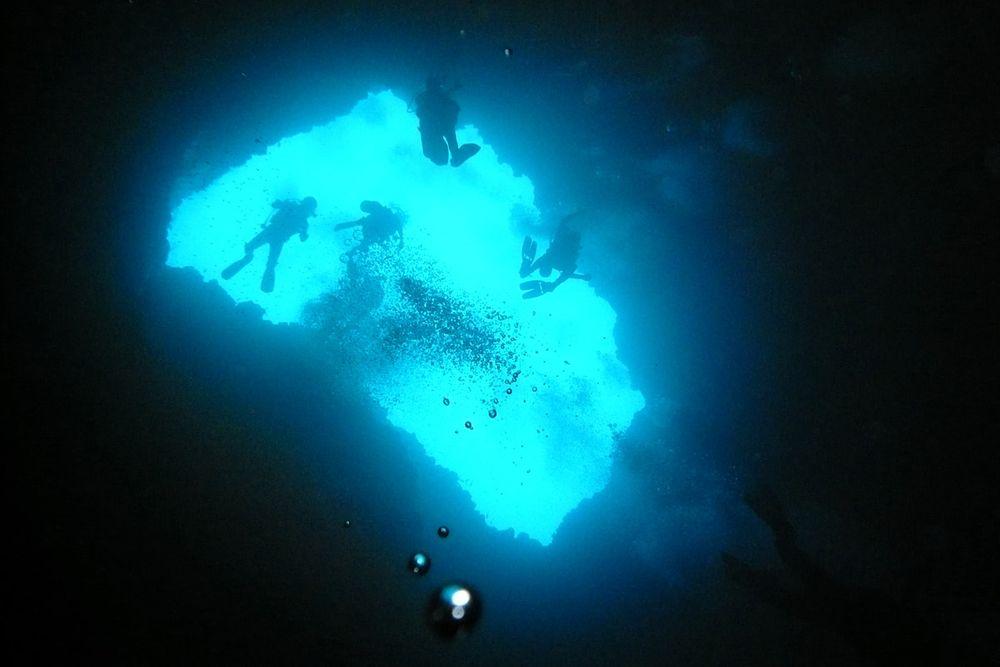World 🢖 Australia and Oceania 🢖 Micronesia 🢖 Palau
Animal colonies 🢔 Ecosystems 🢔 Biological wonders 🢔 Categories of wonders
Wonder
Goby Lake, Palau
 In short
In short
Although Jellyfish Lake is the most famous lake with jellyfish in Palau, it is not the only one. In more than 20 marine lakes (small saltwater lakes connected to the sea through limestone fissures) of Palau there is living jellyfish. Five of these lakes have been studied more – the mentioned Jellyfish Lake, Clear Lake, Uet era Ngermeuangel, Uet era Ongael and Goby Lake.
 36.8%
36.8%
GPS coordinates
Location, address
Area
Dominating species
Map of the site
If you see this after your page is loaded completely, leafletJS files are missing.
 In detail
In detail
Testing ground for evolution
Each of the marine lakes of Palau has a specific set of species occasionally trapped in lakes by the receding sea 15 – 10 thousand years ago. Some lakes have steeper banks, some are elongated in the east-west direction, some in a south-north direction. Every such detail leads to different circumstances and consequently – different new species and subspecies of animals.
Some marine lakes of Palau are made even more exotic by the fact that they are meromictic – below the upper layer of marine water there is a layer of "dead", anoxic water separated by a layer of floating microorganisms, including a purple bacteria.
Such unusual monuments of nature serve as excellent "testing ground" for studies of evolution. Thus lately several scientists have made interesting treatises about these lakes. Lucky them (scientists!) – making science in beautiful Palau…
Jellyfish of president Nakamura
Goby Lake is a small (just 2.1 ha) meromictic marine lake with a maximum length of some 260 meters and has formed rather recently (in geological terms). Lake is comparatively shallow – only the larger north-eastern part reaches 18 meters depth. Here, in the north-eastern part in 9 – 10 meters depth, there is an intense layer of purple-sulfur bacteria with anoxic water below.
Lake is rich with small fishes of several species (Acentrogobius janthinopterus, Exyrias puntang, Ophiocara porocephala, Parioglossus sp.) and is named after them.
The most renowned inhabitant of the lake though is an endemic subspecies of jellyfish Mastigias cf. papua nakamurai named after Palauan president Kuniwo Nakamura.
This jellyfish can become quite abundant in the small lake. It reaches 15 cm diameter, is somewhat asymmetrical, avoids shadow.
Goby Lake is included in tourist routes although it is less popular than Jellyfish Lake.
References
- Coral Reef Research Foundation, Marine Lakes Research Accessed 08.02.10.
- Jellyfish swarms, tourists, and the Christ-child, Mike N. Dawson, Laura E. Martin, Lolita K. Penland. Hydrobiologia 451: 131-144, 2001. Accessed 08.02.10.
- Five new subspecies of Mastigias (Scyphozoa: Rhizostomeae: Mastiigidae) from marine lakes, Palau, Micronesia, Michael N. Dawson. Journal of Marine Biological Association, U.K. 2005., 85., 679-694. Accessed 08.02.10.
 Linked articles
Linked articles

Animal colonies
The sight of the gathering of countless penguins or antelopes is very fascinating and intriguing. There are locations in the world where such gatherings are permanent or regular, and: if there is a location with intriguing sights – this is a landmark!

Lakes and streams
There are many factors that can make lakes, sea bays, or rivers unusual. Some lakes have unusual chemical properties and even do not contain water at all – such as lava lakes. Others may have unusual animals living in them or… legends about such animals.

Wonders of Palau
Although Palau is small in size, it offers a surprising diversity of interesting monuments. Several of these monuments are true wonders and there are several unresolved mysteries related to Palau.
 Recommended books
Recommended books
Bucket List Adventures: 10 Incredible Journeys to Experience Before You Die
Author Annette White has made a second career out of writing her bucket list… and then crossing things off of it! One day this owner of a Michelin-recommended restaurant in Northern California decided to live her dream.
Diving & Snorkeling Guide to Palau and Yap 2016
Palau is one of the world’s underwater wonders and Yap is both the most culturally intact isle in the region and a worthy diving and snorkeling mecca in its own right. This guide is new for 2016, with new images, more information on the outer atolls, and updated dive site information.


